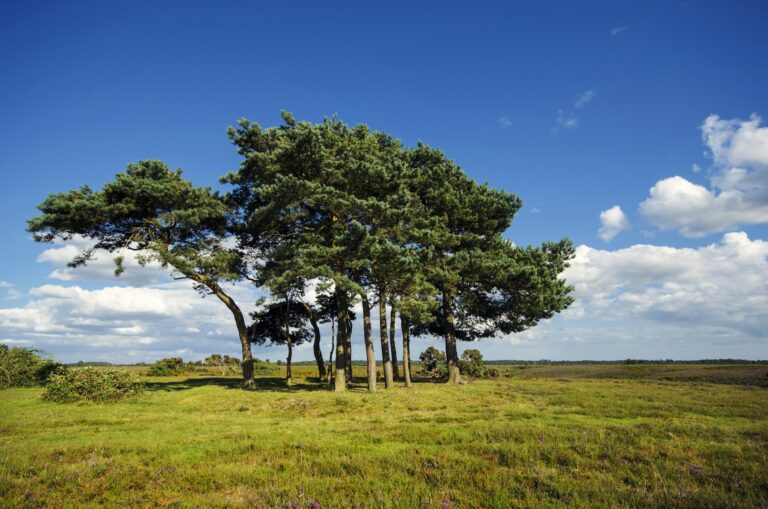All You Need to Know to Grow and Care for Pineapple Guava Trees (Feijoa)

If you’re looking to add a beautiful and fruitful tree to your garden, pineapple guava trees, also known as feijoa, may be the perfect choice. These trees not only provide a tasty fruit with a guava-like flavor but also boast silver-green, evergreen foliage and vibrant, sweet-smelling flowers that attract birds and humans alike.
Introduction to Pineapple Guava Trees
Pineapple guava trees are slow-growing, making them suitable for containers and small spaces. They can be grown as multi-stem shrubs or pruned into small trees with a central trunk. Their unique appearance and delicious fruit make them a favorite among gardeners. Despite their beauty, these trees are low-maintenance and naturally resistant to pests and diseases. However, they may struggle in windy conditions, so planting them in a protected area is essential.
How to Care for Pineapple Guava Trees
Taking care of pineapple guava trees is relatively easy, as they require minimal maintenance. Here are some tips to ensure your trees thrive:
Light
Pineapple guava trees prefer full sunlight but may benefit from some afternoon shade in hot climates. Providing adequate sunlight is crucial for optimal growth and fruit production.
Soil
These trees thrive in rich, well-draining soil with a neutral to slightly acidic pH. They can tolerate salty conditions, making them suitable for coastal areas. Ensure the soil drains properly to prevent waterlogged roots.
Water
Maintaining consistently moist soil is key to healthy pineapple guava trees. Avoid overwatering, as it can lead to root rot. Once established, these trees are drought-tolerant, but regular watering is essential for fruit quality and yield.
Temperature and Humidity
Pineapple guava trees are hardy and can withstand temperatures as low as 15 degrees Fahrenheit. They thrive in moderate temperatures and low to moderate humidity levels, making them ideal for various climates.
Fertilizer
Provide your pineapple guava trees with a well-balanced fertilizer once or twice a year to support healthy growth. Adding compost annually can also help replenish nutrients in the soil.
Varieties of Pineapple Guava Trees
There are several popular varieties of pineapple guava trees, each with its unique characteristics. Some common varieties include:
- **Acca sellowiana ‘Apollo’
- **Acca sellowiana ‘Coolidge’
- **Acca sellowiana ‘Nikita’
These varieties offer different fruit flavors and appearances, allowing you to choose the best fit for your garden.
Pruning and Propagating Pineapple Guava Trees
Pruning pineapple guava trees is simple and can be done regularly to maintain their desired shape. These trees can be grown as shrubs or small trees, making them versatile in any garden setting. Propagation can be done through cuttings, which is best done in the fall for optimal success.
If you prefer to grow pineapple guava trees from seed, keep in mind that it may take several years before the tree matures enough to produce fruit. Starting seeds in well-draining soil and providing adequate light and warmth is essential for successful germination.
Potting and Overwintering Pineapple Guava Trees
Pineapple guava trees do well in containers, making them suitable for small gardens or patios. Repotting may be necessary as the tree grows, ensuring it has enough space to thrive. Overwintering these trees is relatively straightforward, as they are hardy to cold temperatures but may benefit from some protection during exceptionally harsh winters.
Encouraging Blooms and Addressing Common Problems
To encourage abundant blooms in your pineapple guava trees, provide them with adequate sunlight, water, and nutrients. Protecting delicate blooms from late spring frosts can help preserve their beauty.
While pineapple guava trees are generally low-maintenance, watching for common problems like yellowing leaves or fruit issues can help avoid potential issues. Adjusting soil pH or increasing watering frequency can address these problems effectively.
In conclusion, pineapple guava trees are a delightful addition to any garden, offering both beauty and delicious fruit. By following these care tips and guidelines, you can enjoy a thriving pineapple guava tree that provides year-round interest and bountiful harvests. So why not add this unique and flavorful tree to your garden today?





